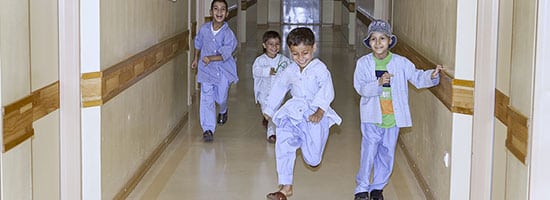Childhood cancer continued to remain scarce in the overview of all cancer cases, making up one percent of all reported cancer diagnoses in the passing year. On average, childhood cancer tariffs have been increasing in small amounts during the last couple of years. An estimated 10,300 children in America ages fifteen and under were diagnosed with cancer in 2016. The diverse types of adolescent cancer that are most diagnosed are lymphoma, Wilms’ tumor, bone cancer, brain cancer, leukemia, rhabdomyosarcoma, and gonadal germ cell tumors.
Survival Rates Skyrocket Since the 1970’s
The survival frequency for each type of cancer varies due to numerous factors in each patient. Different factors include everything from previous illnesses, access to healthcare, and the stage of cancer. Several different treatments have advanced since the early 1970’s. During this time period, the early childhood survival rate was a mere fifty-eight percent. In the year 2016, over eight percent of young children diagnosed with childhood cancer have higher survival rates, with patients surviving more than five years. It is promising that in recent decades, cancer survival rates have improved.
While survival rates continue to increase, there a select few that have shown especially promising numbers in the past few decades. These cancers include the most common childhood cancer called acute lymphoblastic leukemia. With the vast improvement in treatments since the 1970’s, the already impressive five-year survival rate for lymphoblastic leukemia has increased to an astonishing ninety percent. The survival rates for non-Hodgkins lymphoma has improved as well, with an impressive fifty percent survival rate since the 1970’s.
Childhood Cancer’s Common Causes
Possible causes of cancer in adolescents can include genetic mutation. Also a culprit is inherited mutations with familial syndromes which include Noonan syndrome, Li-Fraumeni syndrome, Fanconi anemia, von Hippel-Lindau syndrome, and Beckwith-Wiedemann syndrome. Children with Down’s Syndrome are between fifteen to twenty times more likely to have leukemia.
More than 1,200 children were diagnosed with cancer and did not survive in 2016. Coming in second to accidents, childhood cancer is the second chief source of death in minors between the ages of one and fourteen. As the medical field makes advances daily, the odds are looking brighter for survivors.

